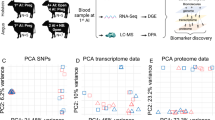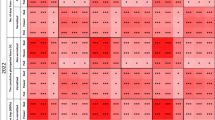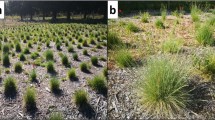Abstract
MR. F. A. BATHER, in the January number of Natural Science, has some remarks on Prof. Cope's “Factors of Evolution” which seem to call for further comment. The case is cited of sheep taken from Ohio to Texas losing the fine quality of their wool, and this definite Variation, due to environment, being apparently inherited and cumulative, in spite of selection by the breeders of those lambs which least present the new character. Such facts as these are not new, and it seems to me that they represent simply a phase of atavism. On July 23, 1890, I was present at a meeting of the Royal Horticultural Society, at Chiswick, and heard Mr. E. J. Lowe give an interesting address on ferns. In the course of it, he told how he had a great number of varieties of the hart's-tongue fern, which, on changing his place of residence, he moved into new and poorer soil. They all reverted to the typical form, and it was not until they were again transplanted to good soil that they consented to exhibit their varietal characters ! Now in the case of the sheep, the fine wool of the Ohio breed is not a specific character, but a varietal one produced under domestication; and it is not surprising, therefore, that removal to a locality less favourable, and, perhaps, more resembling that of the original type of the species, should produce reversion. But it is probable that, as in the case of Mr. Lowe's ferns, the varietal character could be made to reappear by transference to the former kind of environment. The precise explanation of such facts as these may probably be found in Dr. Weismann's principle of germinal selection, which has surely been more or less understood for a long time. The sheep is born with two or three distinct possibilities, as to its wool; one locality favours one of these possible developments, one another. It is a case parallel to that of an amphibious Ranunculus, which can be made to assume one form or the other, according to the terrestrial or aquatic environment.
This is a preview of subscription content, access via your institution
Access options
Subscribe to this journal
Receive 51 print issues and online access
$199.00 per year
only $3.90 per issue
Buy this article
- Purchase on SpringerLink
- Instant access to full article PDF
Prices may be subject to local taxes which are calculated during checkout
Similar content being viewed by others
Author information
Authors and Affiliations
Rights and permissions
About this article
Cite this article
COCKERELL, T. Definite Variations. Nature 55, 439 (1897). https://doi.org/10.1038/055439b0
Issue date:
DOI: https://doi.org/10.1038/055439b0



